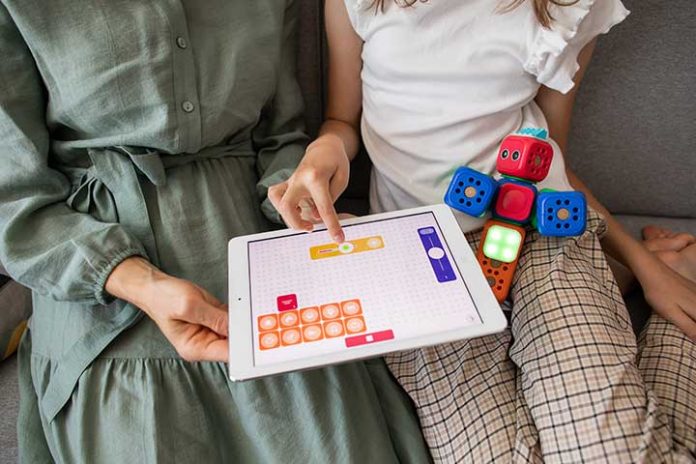The psychologist Howard Gardner, in his Theory of Multiple Intelligences , spoke of eight types of competencies that made up the set of Intelligences.
- Linguistic intelligence
- Logical-mathematical intelligence
- Spatial intelligence
- Musical intelligence
- Bodily intelligence
- Intrapersonal intelligence
- Interpersonal intelligence
- Naturalistic intelligence
One of them, the one that concerns us in this text, is visual spatial intelligence , defined as “the ability to perceive reality and its details for the formation of mental models that can be rotated and manipulated in an abstract way, or reproduced graphically”.
In other words, it is our ability to think about objects in different dimensions (two-dimensional, three-dimensional…) and to be able to move them mentally. That is, think in three dimensions . Although the ability to think like this may be an easy task, it is not, since there are several senses that will allow us to do so: as we can imagine, there is sight -as its name suggests-, but also touch and hearing.
Without going any further, blind people, despite not being able to see, can perfectly have a high visual-spatial intelligence. This intelligence is found mainly in the right hemisphere of the brain —although not exclusively— since it has been shown that the right brain is the one that thinks and remembers in images.
8 characteristics of people with visual spatial intelligence
- They learn through observation
- They easily recognize faces, objects, shapes, figures, colors, details, scenes
- They can move objects in space
- They perceive and produce mental images
- They enjoy making all kinds of art: from doodles to origami figures
- They can see real or imagined objects in new ways or new perspectives
- They design visual representations for information
- They have spatial memory
In what professions do we find her?
We are talking about a type of intelligence applicable to both the fields of science and art, as multiple cognitive processes are involved: creativity, visual memory, spatial reasoning, the ability to abstract and spatial orientation. For this reason, designers, astrologers, sculptors, typographers, surgeons, pilots, architects, photographers, engineers and even tour guides are the ones who daily exercise their minds with the help of this type of intelligence.
Why is it important to have this type of intelligence?
Knowing how to locate ourselves in space is essential to survive. How else would we be able to go to a specific place without being aware of the exact place where we are? This type of intelligence is present in all human activity: when it comes to orienting ourselves, giving instructions to another person, driving, distributing furniture at home… The reality is that human intelligence is much more than the IQ of each one.
How to stimulate their development
By incorporating some simple habits into our daily routine, we can develop visual-spatial intelligence. It could be recommended, for example:
- Expand spatial vocabulary. Avoiding referring to something by saying “here” or “there” and implementing more precise descriptions of the location or location.
- Practice orientation. When you go out for a walk, make use of a map – it can be virtual too – to interpret it.
- Observe, memorize and reproduce. Try to notice everyday objects and then mentally remember them.
- Take pictures. Photograph what you are passionate about, placing special emphasis on angles and perspectives.
- Drive. When we go behind the wheel, we need to pay attention to the environment and its elements, distances, movements.
- Play (also virtually). Chess, Rubik’s cubes, 3D puzzles, puzzles or video games amplify this ability to solve spatial problems.
Through school subjects we can also teach and exercise visual spatial intelligence in the little ones. In math, for example, we can teach them to add or subtract with chopsticks, pencils, or fruit. In science, and from home, we can do small experiments so that they understand concepts, or play to imagine all the things that they would like to be invented. To learn geography, they can draw the world map or build mountain ranges with cardboard, paper, clay… Finally, through creating models of man-made tools with clay or painting scenes from the past, we can teach them about History.
Also Read: Is Artificial Intelligence Smart?


